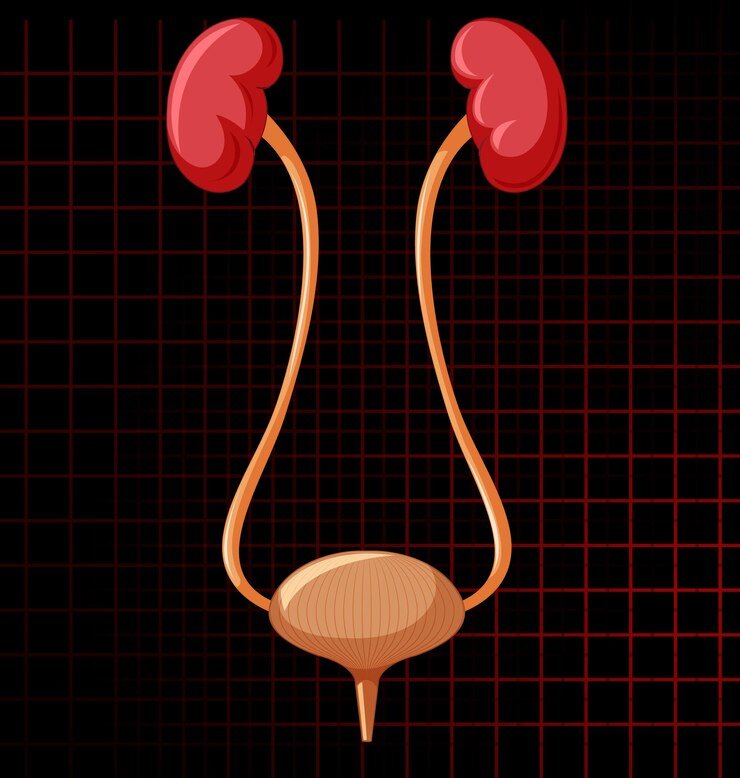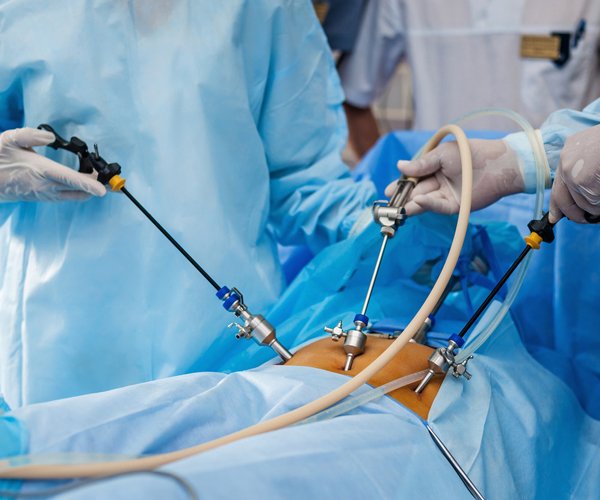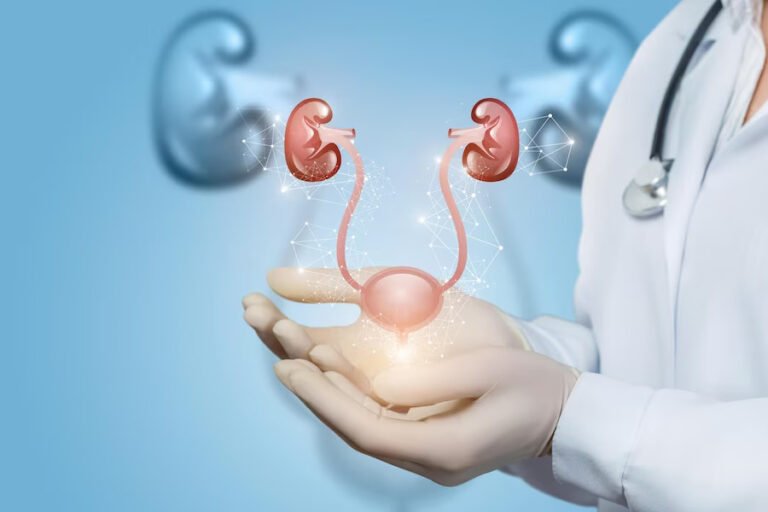Ureteric Stone Management In Special Populations
Ureteric stones, commonly known as kidney stones, can affect individuals of all ages and backgrounds. However, certain populations may face unique challenges when it comes to the management of this painful condition. Special populations, including pregnant women, children, the elderly, and those with anatomical abnormalities or underlying medical conditions, require tailored approaches to effectively manage ureteric stones while ensuring the safety and well-being of the patient. In this article, we explore the nuances of ureteric stone management in these special populations.
To Know More About It Please Click Here
Pregnant Women
Managing ureteric stones in pregnant women presents a delicate balance between providing effective treatment and minimizing potential risks to both the mother and fetus. Traditional imaging modalities such as CT scans are typically avoided due to concerns about radiation exposure to the developing fetus. Instead, ultrasound and MRI are often utilized for diagnostic purposes. Conservative management with pain control and hydration is usually the first-line approach, while surgical intervention may be considered if conservative measures fail or if complications arise. Procedures such as ureteroscopy or percutaneous nephrolithotomy (PCNL) may be performed under strict guidelines to ensure the safety of the mother and unborn child.
Children
Ureteric stones in children are relatively rare but can cause significant discomfort and complications if left untreated. Diagnosis in pediatric patients may be challenging due to atypical symptoms and limited cooperation during imaging studies. Non-invasive techniques such as ultrasound and plain radiography are preferred for initial evaluation, with low-dose CT scans reserved for cases where additional information is needed. Treatment approaches vary depending on the size and location of the stone, as well as the child’s age and overall health. Conservative management, including hydration and pain management, may be sufficient for small stones to pass spontaneously. Invasive procedures such as ureteroscopy or shock wave lithotripsy (SWL) may be considered for larger stones or those causing obstructive symptoms.
The Elderly
Elderly patients with ureteric stones often present with comorbidities such as hypertension, diabetes, and renal insufficiency, which can complicate management decisions. Conservative measures such as pain control and fluid hydration are generally well-tolerated but must be carefully monitored to prevent volume overload or electrolyte imbalances, particularly in those with pre-existing renal impairment. Surgical intervention may be necessary for symptomatic or obstructive stones, but the risks of anesthesia and postoperative complications must be weighed against potential benefits. Minimally invasive techniques such as ureteroscopy or SWL are often preferred in this population to minimize morbidity and expedite recovery.
Anatomical Abnormalities and Underlying Conditions
Patients with anatomical abnormalities of the urinary tract or underlying medical conditions such as polycystic kidney disease or cystinuria may experience recurrent ureteric stones and require specialized management strategies. Close collaboration between urologists, nephrologists, and other specialists is essential to tailor treatment plans to each patient’s unique needs. Genetic counseling and dietary modifications may be recommended to prevent stone recurrence in individuals with hereditary disorders. Surgical intervention may be indicated for symptomatic stones or those causing complications such as urinary tract infections or renal impairment.
In conclusion
ureteric stone management in special populations requires a multidisciplinary approach and individualized care to optimize outcomes while minimizing risks. By understanding the unique challenges and considerations associated with each population, healthcare providers can deliver tailored treatment strategies that prioritize patient safety and well-being. Further research and advancements in imaging technology and surgical techniques will continue to improve the management of ureteric stones across diverse patient populations.
Also, Follow us on Instagram







